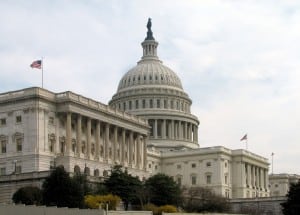
The fiscal year 2017 defense appropriations bill released Thursday slams the F-35 program, accusing it of, among other things, allegedly not contracting for the proper number of aircraft in each year as appropriated by Congress.The bill, drafted by the House Appropriation Committee (HAC), said four F-35s included in the FY ’15 Defense Appropriations Act and 13 aircraft included in the FY ’16 Appropriations Act were not part of their respective low rate initial production (LRIP) contracts to the contracting strategy…













